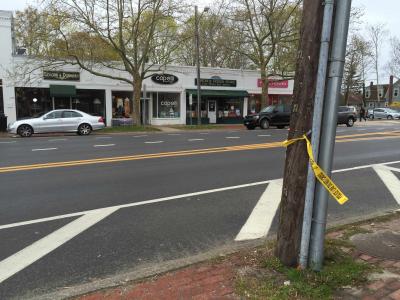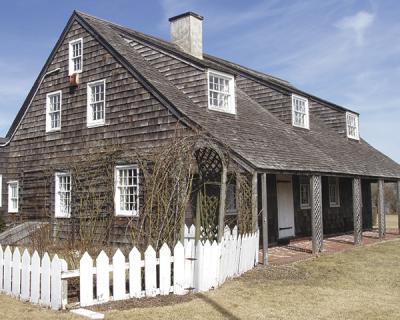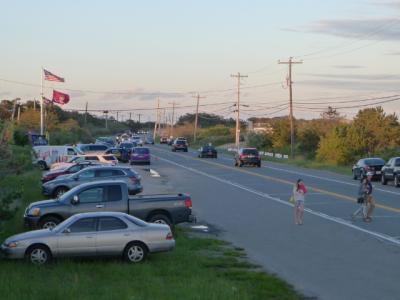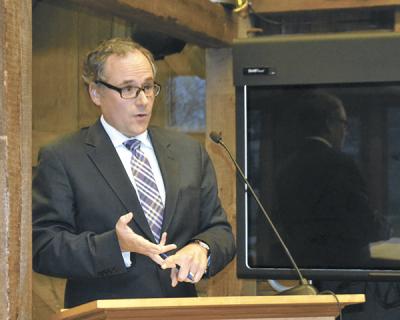Pedestrian Hit by Car in Bridgehampton
Pedestrian Hit by Car in Bridgehampton

A pedestrian was flown to Stony Brook University Hospital with a head injury Saturday night after being hit by a vehicle in Bridgehampton, Southampton Town police said Sunday.
Michael McCrum, 61, of Bridgehampton, was hit by a car at about 10:30 p.m. while he was crossing Main Street in front of Starbucks. He was flown by helicopter to Stony Brook University Hospital with non-life-threatening injuries, according to police.
On Sunday his condition was reported to be serious, according to a hospital representative.
No charges were filed following the crash. Police have not yet provided any details on the driver of the car that struck Mr. McCrum.
The accident site is not far from the Main Street crosswalk near the Bridgehampton Post Office where Anna Pump, the longtime proprietor of Loaves & Fishes in Sagaponack and a well-known chef and cookbook author, was struck by a pickup truck last October. That accident happened at 10 p.m., almost the same time as Saturday's. Ms. Pump did not survive her injuries.









